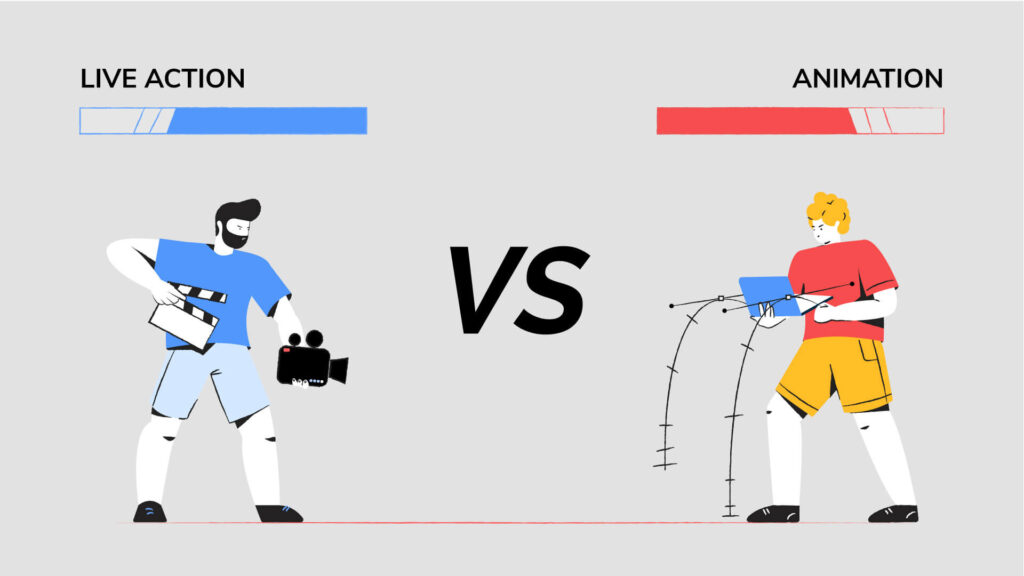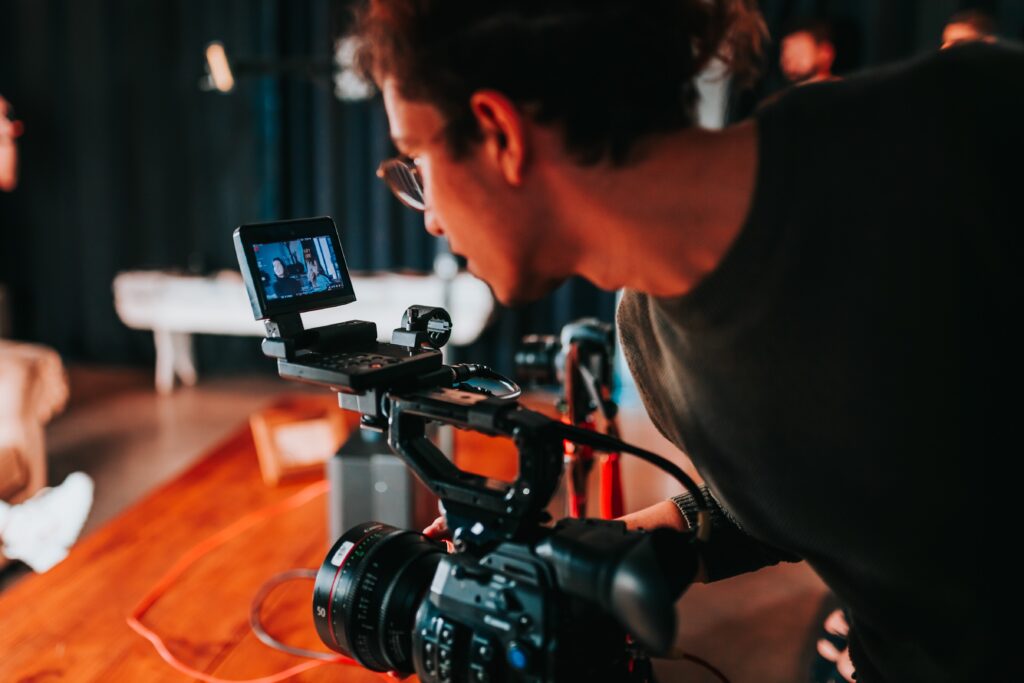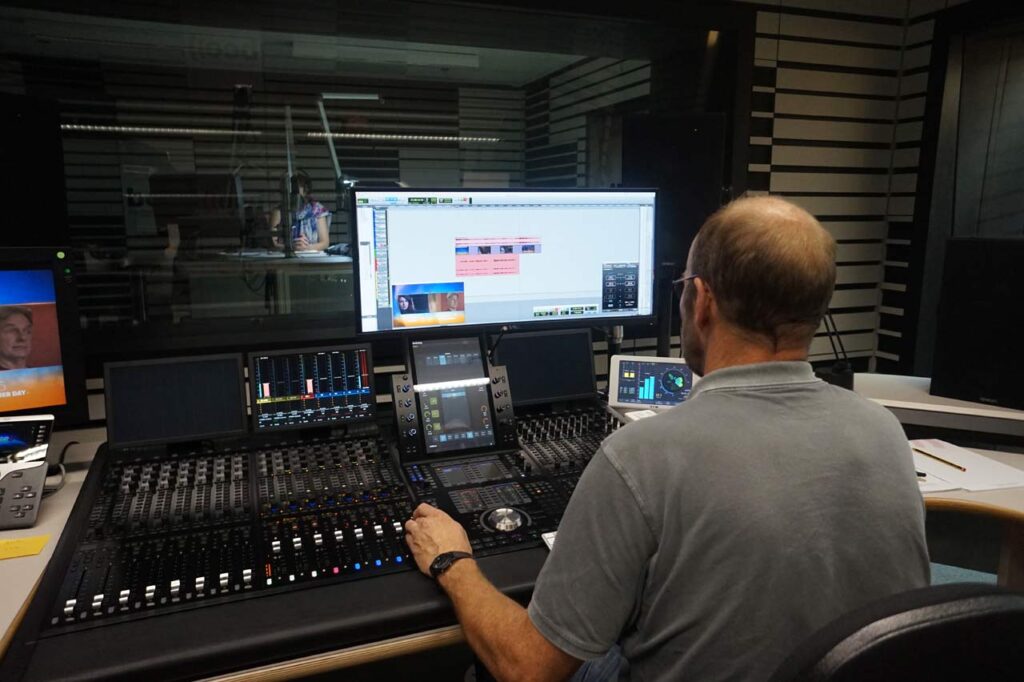
Are you a digital media marketer for a large enterprise? Or are you perhaps the owner of an SME (Small Medium Enterprise)? You might even be bootstrapping a startup. The size or purpose of your company is not the salient point of this discussion. Irrespective of your business’s size, it is essential to consider adding live-action videos to your digital marketing efforts.
Video forms a critical part of any company’s digital marketing strategy. There are many statistics demonstrating how these videos created by specialist video production houses like Spiel add value to the business.
By way of expanding on this point, let’s consider the following 2017 video statistics:
- 82% of Twitter users watch video content.
- 33.34% of all Internet users watch video content on YouTube, resulting in more than 1 billion YouTube users.
- Over 500 million hours of video content is uploaded on YouTube.
- 87% of brand marketers use video as a significant part of their digital marketing strategy.
- 1/3 of all online activity is spent watching video.
There is no end to these statistics proving that adding video to your company’s digital marketing strategy is vital. Thus, let’s continue with this article by considering the difference between a live-action and an animation video.
Live action versus animation videos

There are three types of videos: live action, animation, and white board videos.
Whiteboard videos are the simplest to produce. They essential consist of whiteboard drawings to describe a concept. However, in a world of high-quality graphics, these videos do not really match up. They have their place when creating instructional videos. However, when considering a brand marketing video, the only choice is between an animation or a live-action video.
Animation videos are based on animation techniques, or figures that are manipulated to appear as though they are moving. This effect is achieved by moving a series of sequential images that are minimally different from each other, giving the illusion that the images are moving.
In traditional animation, figures are drawn or painted by hand on transparent celluloid sheets and photographed or videoed. The other option is to create computer generated imagery using 2D or 3D animation techniques.

However, animation videos do not always get the job done. Consequently, there is a need to look at live action videos, the top of the range option. Live action videos provide a superior viewing experience, especially for a physical product or facility; therefore, they convey the brand’s marketing message the best out of the three video types.
On the other hand, live action videos are a form of videography that uses photography instead of animation. Live action videos include real people and animals, not computer-drawn images. However, there are live action videos that actually include a combination of live action and animation techniques.
Note: The best brand marketing video is actually a live-action video with 2D or 3D animation.
The COVID-19 pandemic has shaken up any industry where people need to assemble together for work purposes, such as the cinematography or videography industry. However, there is still a need for live action videos in a successful digital marketing strategy. And even though most companies have pivoted from the face-to-face work environment to the digital space, the human aspect of videos is essential to a successful marketing campaign. People respond to human interest stories. 2D and 3D animation add value to the live video, but they have a limited ability to convey human emotion.
Why use live action videos

As highlighted above, a live action video is the best vehicle to use when adding the human element to your brand. These videos are used to put a face to your brand and its customers, build credibility, win trust, and show your brand’s target audience that the people behind the brand are real and passionate and have the expertise to deliver a high-quality product of service.
Statistics show that 73% of all viewers who have watched a testimonial video say this video has played a fundamental role in convincing them to purchase the product or service.
Making a live action video
The live-action video production process consists of three steps.
1. Pre-production

It is critical to gain an in-depth understanding of the video’s marketing message before starting with the video production process. Otherwise, the video will not have the desired impact on the brand or product’s target audience. As described above, live-action videos are not cheap to make, but they have a great ROI, making the expense worthwhile. However, if your video does highlight your marketing message with clarity and succinctly, your company will waste the money spent making the video.
Once the marketing message has been finalized, the next step in the pre-production phase is to create a script and put together a storyboard. Succinctly stated, a storyboard is a graphic representation of your video’s storyline. It shows each shot in the order that it will appear in the final version. The more time and effort spent at this stage, the quicker and more cost-effective the production phase will be.
The final parts of the pre-production phase are to design and construct props, arrange locations, ask for the necessary permissions to use these locations, and hire actors.
2. Production
The production phase is where the video is filmed. A video production team, including a videographer, goes to the location and films the video. Multiple shots are taken of each scene. Additional B-roll or extra footage is also shot by the video production team; thereby, ensuring that the post-production team has enough material to work with.
3. Post-production

The post-production or editing phase is where the final video is produced. In other words, all the separate elements such as the b-roll, main scene video, and the 3D or 2D animation are joined together to make the final video. Within limits, the more video material the videographer provides, the greater the possibility that the post-production phase will produce a top-quality video without having to reshoot footage.







